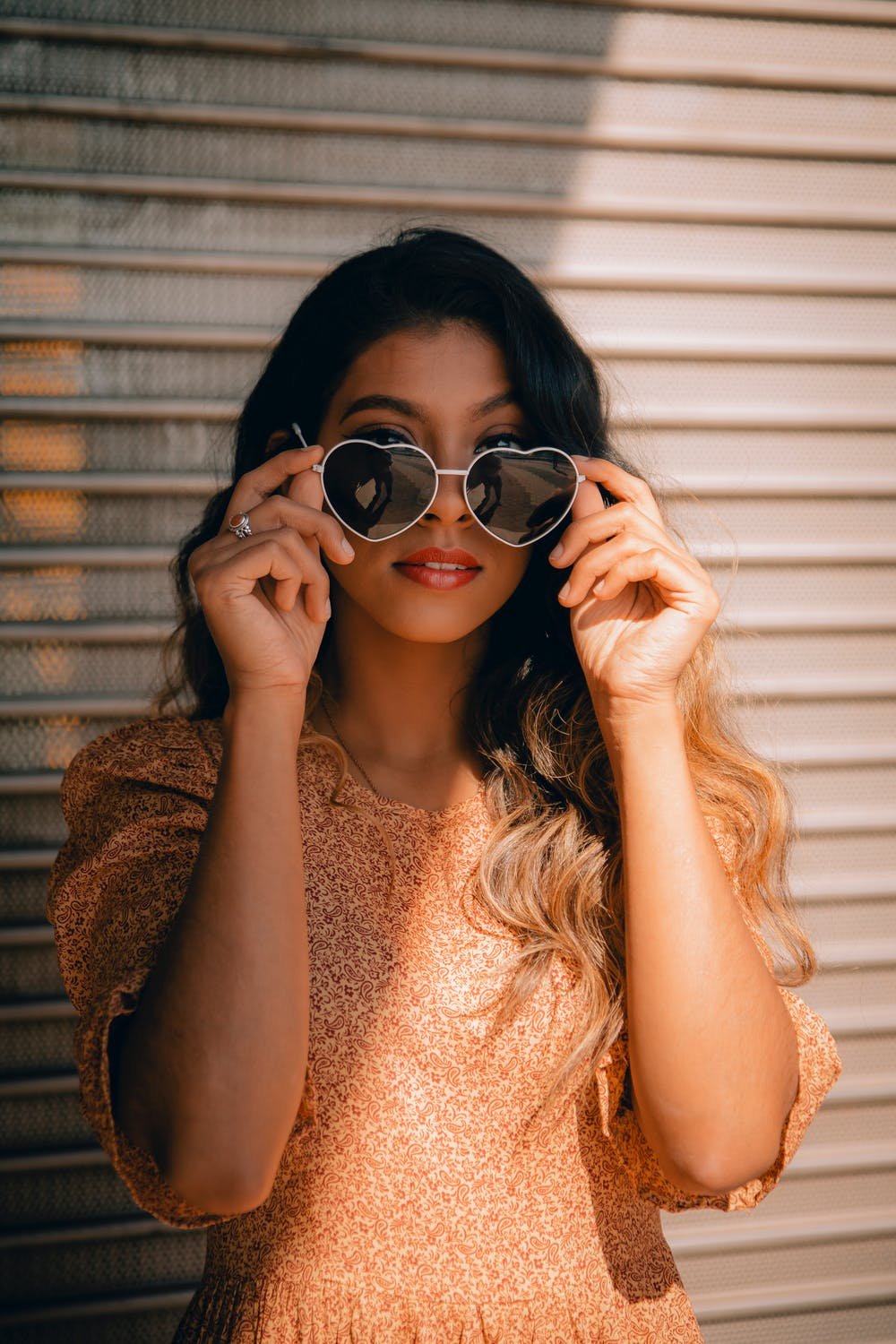Sunglasses are a must-have item for eyewear, aiding in reducing the brightness of any season or location where sunlight, as well as its reflective light, can harm your eyes and vision.
Did it happen to you that after having been wearing a sunglass for a lengthy time, you’ve required a new pair, but you can’t find one that meets your needs? Unfortunately, it’s never easy to replicate the same experience. Fashions alter, shapes, and shades, and the items we have been happy with are no longer in stock.
Beyond every person’s individual preferences and experiences, there’s an art of science that can help us select the best sunglasses lens for us by considering two aspects of the lens: the filtering category of a sunglass and the color.
This article explains how you pick the appropriate color for your sunglasses lenses.
UV Eye Protection

They are crucial instruments to shield your eyes from UV (UV) radiation, which is the energy that is generated by the sun. The UV rays — including UVA and UVB in particular–cause damage to the cornea’s surface tissue cornea, lens, and cornea. As time passes, this damage can cause macular degeneration, cataracts, and various other conditions that impair vision.
The darker the sunglasses, it doesn’t provide more excellent UV protection.

If you are looking for sunglasses, do not be deceived into thinking that the darker lens is safer for your eyes. Only sunglasses that offer 100% protection from UV offer the security you require.
Do lens qualities check?
You can ensure that the lenses of prescription sunglasses are made adequately in these ways:
- Take a look at anything with a rectangle shape, for example, tiles on floors.
- Place your glasses in a comfortable space from the face, and make sure to cover one eye.
- Slowly move the glasses by shifting them from one side of the room and finally upwards and downwards while looking into the glasses.
- If the rectangular lines remain straight and straight, the lenses are clear. If the lines are curly or are wavy (especially in the middle of the lens), Try a different pair.
The Right Color of Sunglasses Depends on the Activity

I’m not convinced that we can find the perfect color for any situation. The perception of color is highly personal and subjective. The saying is already well-known to describe tastes colors.
However, that doesn’t mean we shouldn’t think about the best color for certain activities or scenarios. A good example is that selecting the right sunglasses for the boat is not the same. Instead, it is a pick pair of sunglasses for driving (where it is essential to perceive the three primary shades – red, green, and yellow are crucial).
Size does matter

Sunglasses should feature the widest lenses that can shield your eyes from damage caused by the sun. In addition, think about buying wraparound or oversized sunglasses that block UV rays that enter the lenses’ sides.
The price is not correlated with the level of protection.
Sunglasses needn’t be costly to be safe and efficient. For example, sunglasses at the drugstore labeled 100% UV-blocking sunglasses are better than designer sunglasses that offer no protection.
When Sunglasses Don’t Help

Regular sunglasses do not shield your eyes from lights. This includes tanning beds, snowfields, as well as welding arcs. Lens filters that are specially designed for these types of situations. For these types of extreme exposure. Furthermore, sunglasses cannot shield you from looking straight at the sun, for example, when there is a solar eclipse, so it’s not a good idea!
Looking toward any light sources without proper eye protection could lead to a painful and uncomfortable condition known as photokeratitis. It could even cause damage to the retina, resulting in the permanent loss of central vision. Consult your eye doctor to suggest the best eye protection option for specific circumstances.
How are older sunglasses harmful to UV light?
Many people ask if the older sunglasses can still shield your eyes from harmful UV light. Unfortunately, researchers haven’t been able to answer the issue of whether UV protection diminishes with time. But, you can have your glasses examined. Just take your drinks to an optical store equipped with a UV light meter to test the degree of protection.
Conclusion
Remember that when the lenses are marked for blocking harmful ultraviolet (UV) Rays, however, this does not necessarily mean that they’re polarized. Polarized lenses will be marked with an indication on the label that says so.

READ NEXT: 7 Classic Pilot Watch Recommendations for Any Style or Budget in 2022
RELATED TOPICS: Trending Fashion




